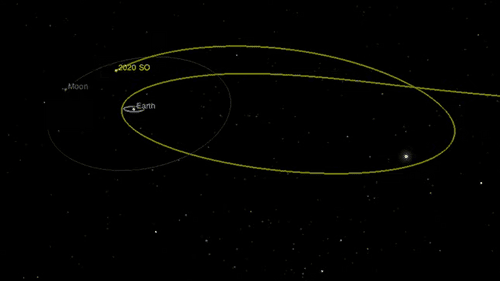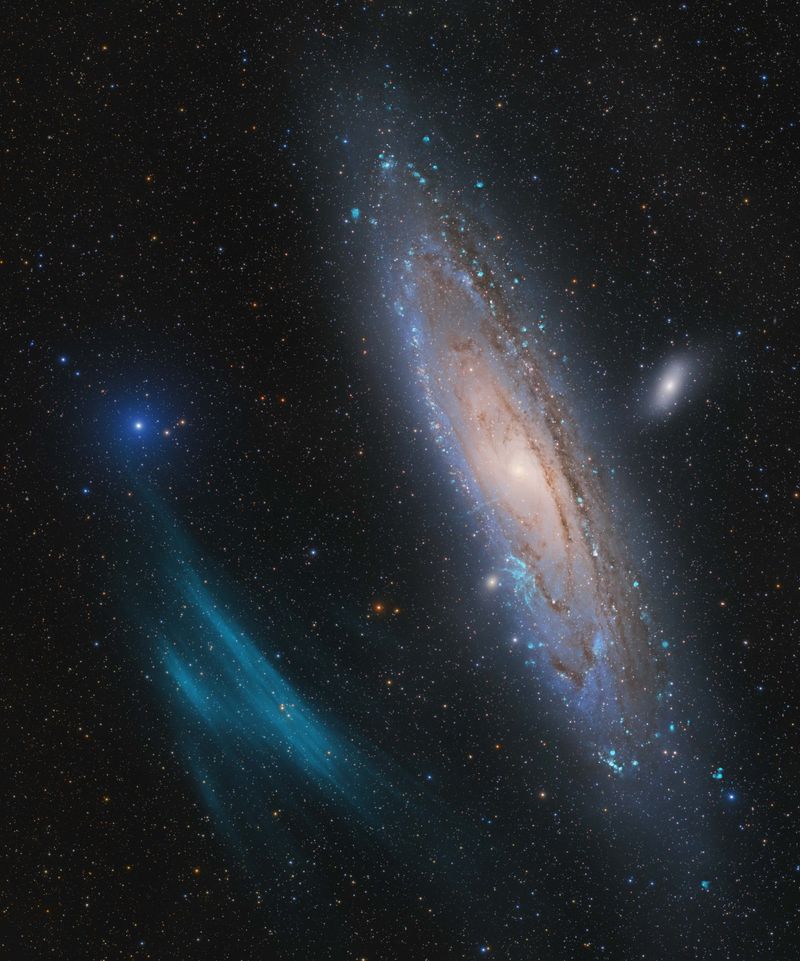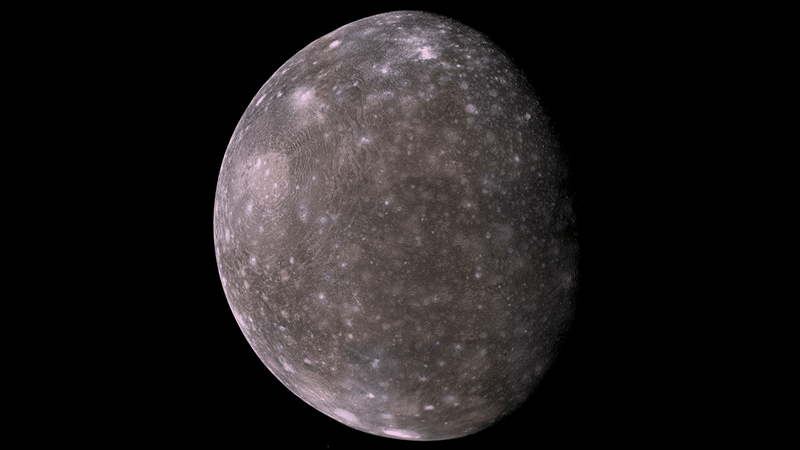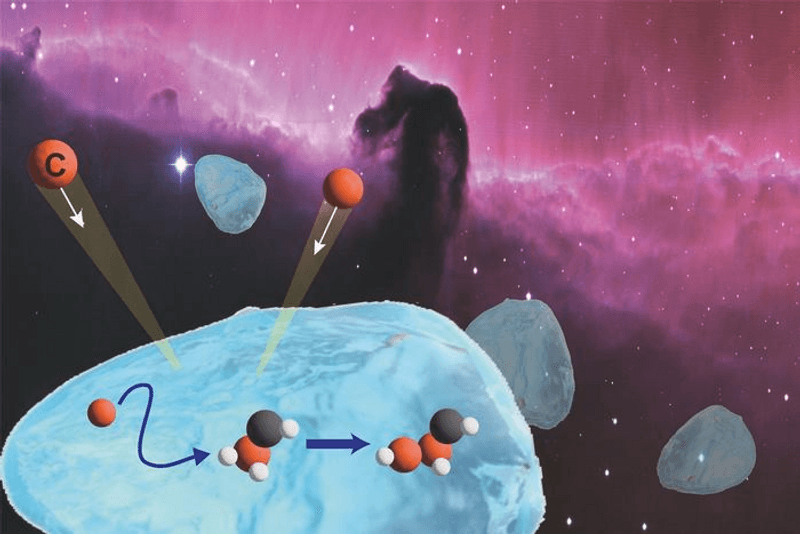Last September, astronomers discovered 2020 SO, a small near-Earth object approaching our planet. In November, it was temporarily captured by Earth's gravity and spent a brief spell in close orbit, becoming what is known as a "mini-moon". But now its time with us has ended and on February 2, it will break free and return to its orbit around the Sun.
But first, mini-moon 2020 SO will make one final close approach to us at roughly 220,000 kilometers (140,000 miles) from Earth, just over halfway between Earth and the Moon.
Temporary satellites are fairly common. Small asteroids are captured for a brief time before going about their business away from Earth. But since the first detections of 2020 SO, researchers suspected that the new mini-moon was not in fact a natural object, but artificial.
It had a low relative velocity compared to Earth and sunlight significantly affected its orbit, a clear way to distinguish between natural and artificial small bodies in the proximity of Earth.
Light can be interpreted as a wave and as a particle. When we consider these particles, the photons, we are looking at massless particles that carry momentum, which means they can push things about. This is how solar sails work. In the case of 2020 SO, having a large surface area and a relatively light mass, led to the body showing an acceleration that could not be explained with gravity.
"Solar radiation pressure is a non-gravitational force that is caused by light photons emitted by the Sun hitting a natural or artificial object," Davide Farnocchia, a navigation engineer at JPL who analyzed 2020 SO's trajectory for the Center for Near-Earth Object Studies (CNEOS), explained back in November. "The resulting acceleration on the object depends on the so-called area-to-mass ratio, which is greater for small and light, low-density objects."
This was an important piece of evidence suggesting 2020 SO was human-made, but another came from a detailed projection of its orbital parameters into the distant past. The object has gotten close to our planet several times, but in 1966 it was so close that it could have actually originated from Earth. In fact, it matched the launch of NASA's lunar lander.
"One of the possible paths for 2020 SO brought the object very close to Earth and the Moon in late September 1966," said CNEOS Director Paul Chodas. "It was like a eureka moment when a quick check of launch dates for lunar missions showed a match with the Surveyor 2 mission."
Observations in December, after its first close passage, revealed that it was made of stainless steel, confirming that it was indeed an old piece of the Surveyor 2 Centaur rocket's upper stage, launched on September 20, 1966.
After tomorrow’s close passage, the piece of rocket will go back into deep space but it will continue to visit us over the next few decades despite staying millions of kilometers away from us.




